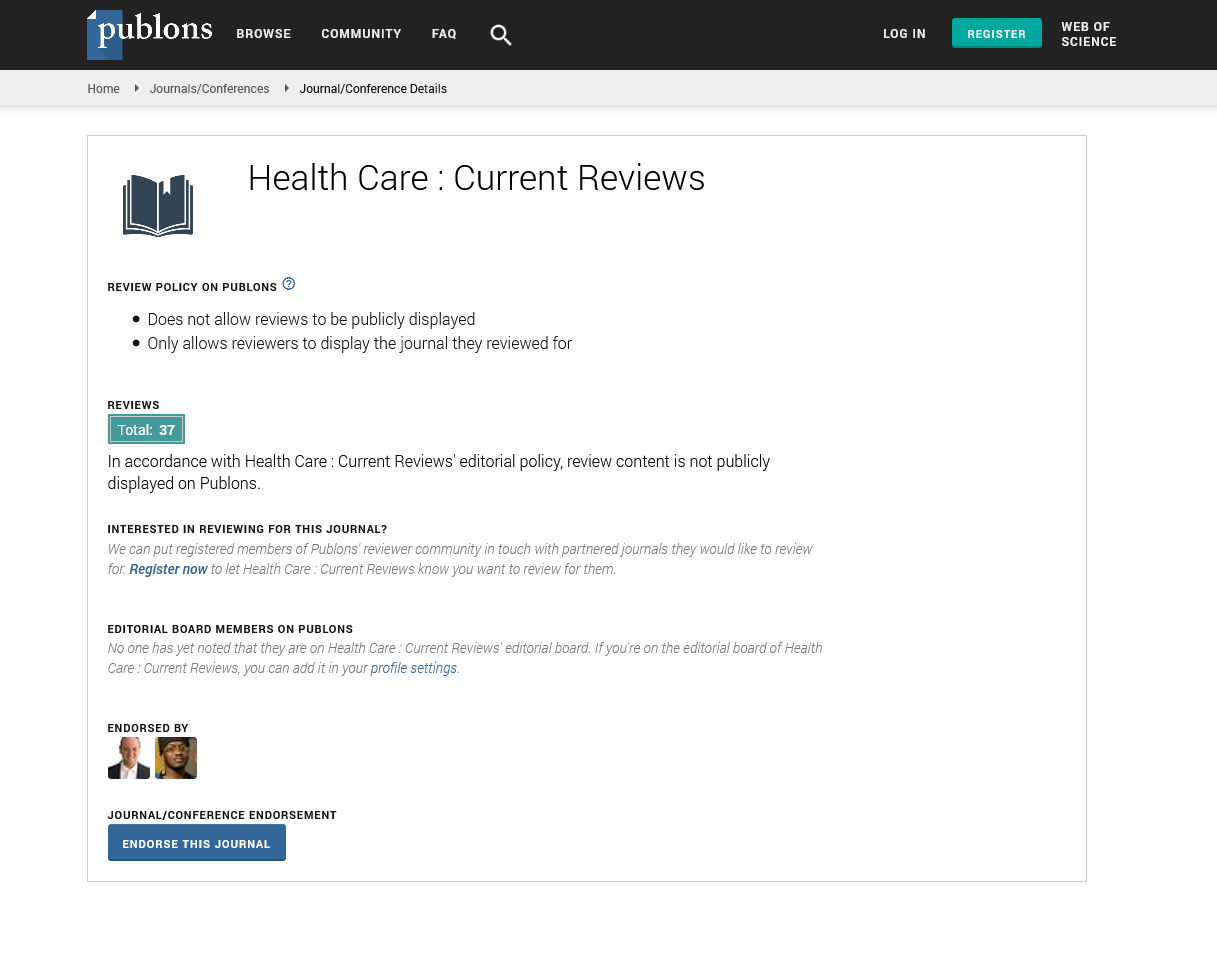Indexed In
- Open J Gate
- Academic Keys
- RefSeek
- Hamdard University
- EBSCO A-Z
- Publons
- Geneva Foundation for Medical Education and Research
- Google Scholar
Useful Links
Share This Page
Journal Flyer

Open Access Journals
- Agri and Aquaculture
- Biochemistry
- Bioinformatics & Systems Biology
- Business & Management
- Chemistry
- Clinical Sciences
- Engineering
- Food & Nutrition
- General Science
- Genetics & Molecular Biology
- Immunology & Microbiology
- Medical Sciences
- Neuroscience & Psychology
- Nursing & Health Care
- Pharmaceutical Sciences
Prevalence, associated factors and management of neonatal jaundice by midwives and nurses of selected health facilities in Fako Division, Cameroon
Joint Webinar: 8th World Summit on Neonatal Nursing and Pediatrics Healthcare & 9th International Conference on Mental Health and Psychiatry
May 22, 2023 | Webinar
Eta nee Enow Vivian Ayamba
University of Buea, Cameroon
Keynote: Health Care Curr Re
Abstract:
Aim: To determine the prevalence, associated factors and management of neonatal jaundice by midwives and nurses. Methods: A hospital based descriptive cross sectional and retrospective study was conducted. Copies of a wellstructured questionnaire were administered to participants in the maternity and neonatal units of Buea and Limbe Regional Hospitals and the Baptist Hospital Mutengene. The files (230) of neonates admitted in these hospitals from January 2019 to March 2022 were studied and data collected using an extraction sheet. Fifty midwives and nurses who had worked for more than six months participated in the study. A purposive sampling method was used to select the health facilities while the participants were selected using a convenient sampling technique. Respondents who met the inclusion criteria and gave their consent to participate in the study were included in the study. The study received administrative authorization from the Department of Nursing Faculty of Health Sciences, University of Buea and the Regional Delegate of Public Health South West Region. Data collected was entered using a predesigned EpiData version 28.0 and analysed. Results: The prevalence of neonatal jaundice was 15.2%. Majority were born at term, more than half of the jaundice cases were noticed within the first week of life. Most of the babies with jaundice were those with APGAR less than 6, about three quarter of the babies were born with low birth weight, less than half were resuscitated at birth and more than half were preterm babies. Maternal fever, prolong labour, premature rupture of membrane were significantly associated with neonatal jaundice. Half of the participants reported that they would collect samples for bilirubin only if the baby was still yellow and a vast majority said it is important to give fluid during phototherapy because it helps keeps the baby hydrated. Conclusion: The prevalence of neonatal jaundice is a cause for concern. Therefore, midwives and nurses are call upon to educate pregnant women on the predisposing factors and should acquire competencies in order to properly manage babies upon diagnosis.
Biography :
Eta Vivian Enow Ayamba has worked in the hospital for over thirteen years as a Senior Principal Nurse, while teaching on a part time basis. Currently she is a Senior Lecturer of Nursing, Faculty of Health Sciences, University of Buea, Cameroon and the Coordinator for Data Science Center for the Study of Surgery, Injury, and Equity in Africa (D-SINE-Africa).She has published more 24 articles, two book chapters and a book. She has also reviewed many articles from peer review journals.

